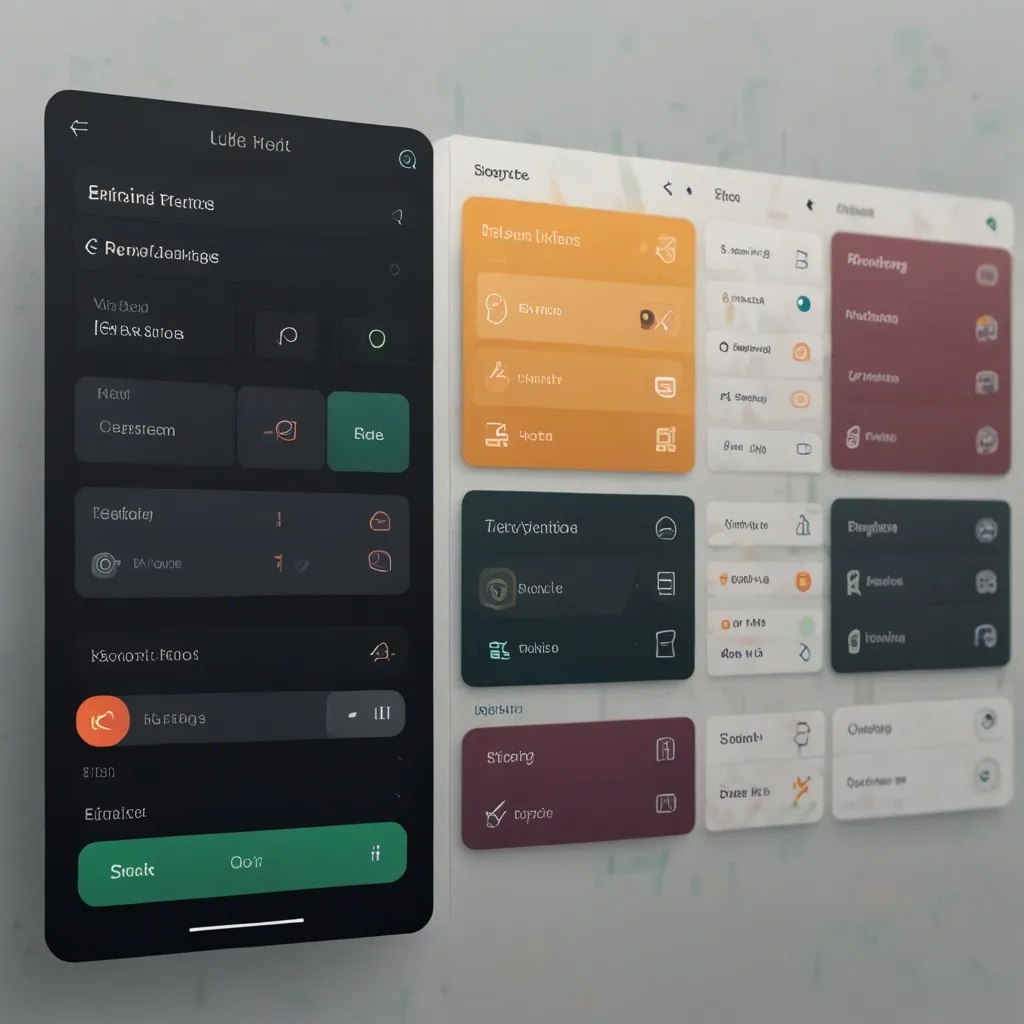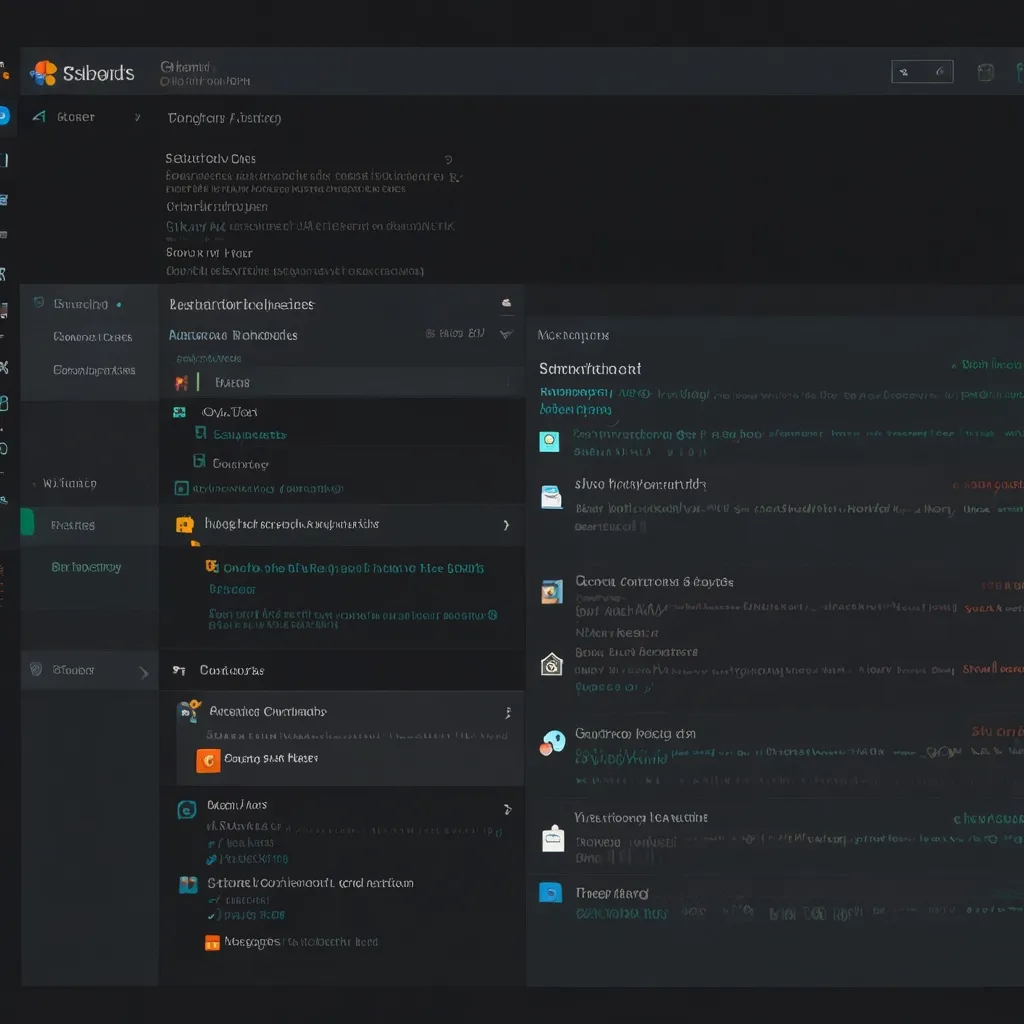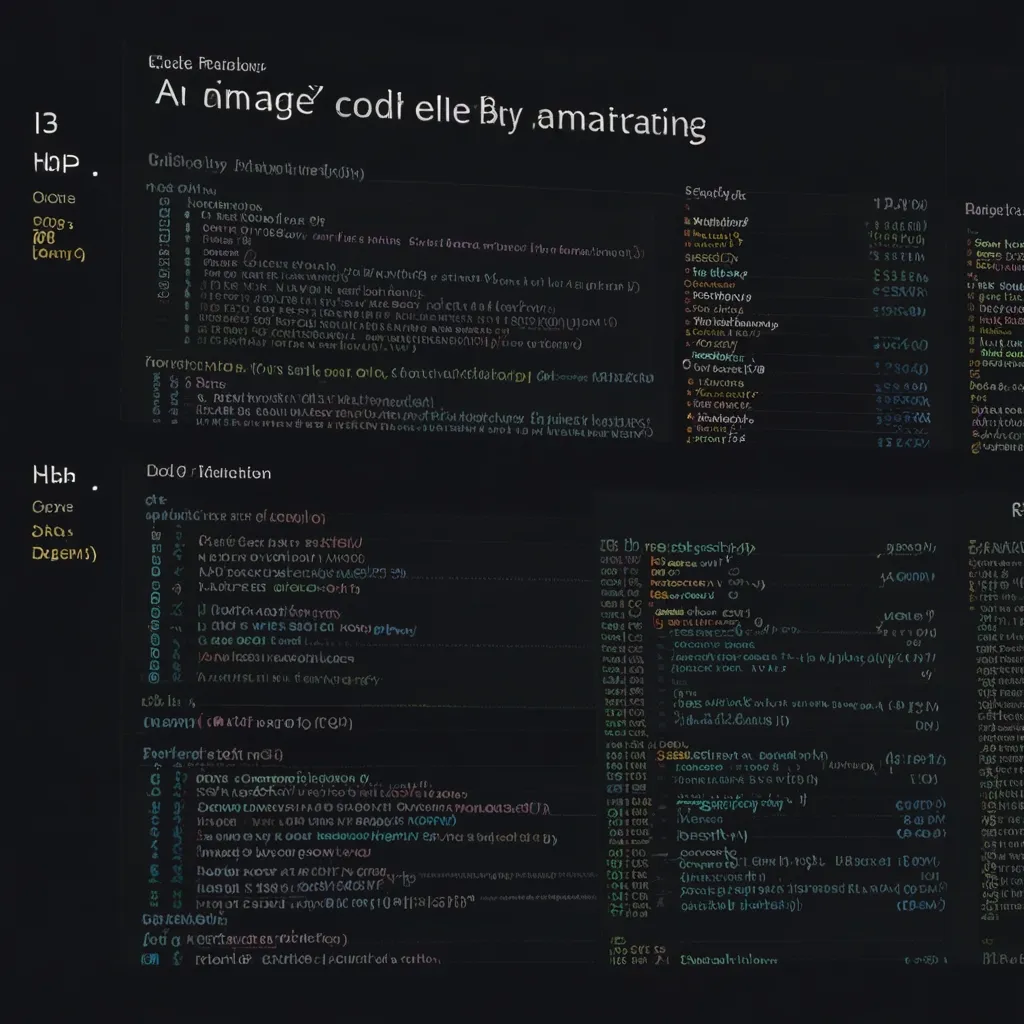Getting Started with Apache Wicket: A Component-Based Java Web Framework
If building solid and manageable web applications is your jam and you’re knee-deep in Java, then Apache Wicket might just be your go-to framework. This gem of a framework hit the scene back in 2004 and has been a trusty sidekick for web developers since. Let’s dive into what makes Wicket tick and why it’s still a top pick for Java-driven web projects.
Why Go for Wicket?
When other frameworks have you juggling between Java, HTML, and JavaScript, Wicket shakes things up by letting you stick to your Java roots. This right here is Wicket’s charm—keeping things simple. Instead of wrestling with a modern JavaScript stack that feels more like a three-ring circus, Wicket lets you focus on writing clean Java code paired with straightforward HTML markup. If that sounds like music to your ears, you’re in the right place.
Component-Based Architecture
Think of Wicket as playdough for web developers. Its component-based architecture lets you mold your web pages from reusable bits and pieces. Each component is a bonafide Java object, which means it’s got all the perks of encapsulation, inheritance, and event support. You can whip up high-level components and bundle in some CSS, JavaScript, or whatever else your heart desires, and boom, you’ve got a neat, reusable package. It’s like Tupperware for your code—super handy and keeps things fresh.
Tear Apart Development
The dream team of web development—dreamy designers and diligent developers—can finally work in harmony, thanks to Wicket’s separation of HTML and Java code. Your HTML files? Pure HTML. Your Java files? Pure Java. And they only know each other through Wicket IDs. This neat separation means that changes in one don’t break the other, giving you a cleaner, more maintainable codebase and happier collaboration vibes all around.
Safety First
Wicket has got your back when it comes to security. By default, it keeps sensitive info hidden in URLs and manages component paths through sessions. This makes sure your model stays under wraps unless you decide to reveal parts of it. And if you’re looking to amp things up, Wicket’s URL encryption options will have you sleeping easy with your site’s rock-solid security.
AJAX On Easy Mode
You’d think making dynamic, responsive interfaces would mean diving headfirst into JavaScript. Not with Wicket! It’s got built-in AJAX magic that lets you update bits of your UI seamlessly without writing a single line of JavaScript. With a slew of basic AJAX components right at your fingertips, making sleek, responsive user interfaces becomes a cinch.
Speak the World’s Language and Juggle Tabs Like a Pro
Want your app to speak more than one language? Wicket’s got that covered. Supporting over 25 languages straight out of the box, it’s perfect for going global. You can tweak languages at any level—app, page, or component. Plus, Wicket is a champ when it comes to multi-tab and window support. Thanks to its automatic state storage, users can wander off into new tabs or windows without crashing the party.
Smooth Sailing Through Upgrades
Migrating to a new version of Wicket? No sweat. Wicket 10, for example, has a migration tool based on OpenRewrite, making the jump from Wicket 9 less of a leap and more of a gentle step, saving you from the monotony of tedious, error-prone code changes.
Keep Up With the Java Joneses
Wicket keeps pace with the latest Java updates. It’s built on Java 17 and jives perfectly with Java 21, so you won’t be left in the dust. By participating in the OpenJDK Quality Outreach, Wicket ensures smooth compatibility with the newest OpenJDK releases and even Early Access versions.
Finding Your Groove and Leaning on the Community
Wicket may have a distinct style that takes a little getting used to, but don’t let that scare you off. It’s got solid documentation and a helpful community to guide you through the learning curve. Though the Wicket community isn’t as massive as some other Java frameworks, it’s active and engaged, so you’re never really alone in your coding journey.
A Little Practice: Your First Wicket App
Ready to get your hands dirty? Let’s cook up a simple “Hello World” web app with Wicket. Check out this basic setup:
First, some Java action:
import org.apache.wicket.markup.html.WebPage;
import org.apache.wicket.markup.html.basic.Label;
public class HelloWorldPage extends WebPage {
public HelloWorldPage() {
add(new Label("message", "Hello, World"));
}
}
And now the HTML to go along with it:
<!DOCTYPE html>
<html xmlns:wicket="http://wicket.apache.org">
<head>
<title>Hello World</title>
</head>
<body>
<h1 wicket:id="message">Message goes here</h1>
</body>
</html>
What you have here is a Java class, HelloWorldPage, paired with a simple HTML file. The Label component in the Java code links up with the <h1> tag in your HTML through the wicket:id. This neat separation shows how clean and manageable Wicket makes your code, keeping Java and HTML doing their own thing.
Wrapping It Up
Apache Wicket is a powerhouse for building modern Java-based web applications. It’s got a lot going for it—clean component-based architecture, developer-friendly setup, and strong security features out of the box. Wicket also simplifies AJAX, supports various languages, and offers seamless multi-tab/window operations, making it an appealing option for developers looking to get the most out of their Java skills. While the community might be smaller, it’s mighty and supportive, so you’re in good hands. Give Wicket a whirl, whether it’s for a small project or a big enterprise gig—it’s got the chops to handle it all.






